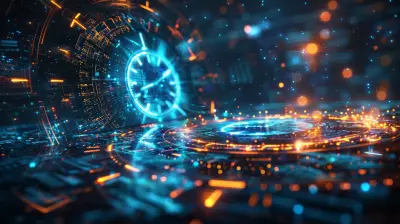The Role of AI in Enhancing Personal Cybersecurity
19 October 2025
Cybersecurity has always been a cat-and-mouse game. Hackers develop new attack methods, security experts counter them, and the cycle continues. But with cyber threats growing more sophisticated, traditional security measures are struggling to keep up. Enter Artificial Intelligence (AI).
AI is revolutionizing personal cybersecurity, offering intelligent protection that adapts, learns, and anticipates threats before they strike. But how exactly does AI bolster our digital defenses? Let’s dive in.
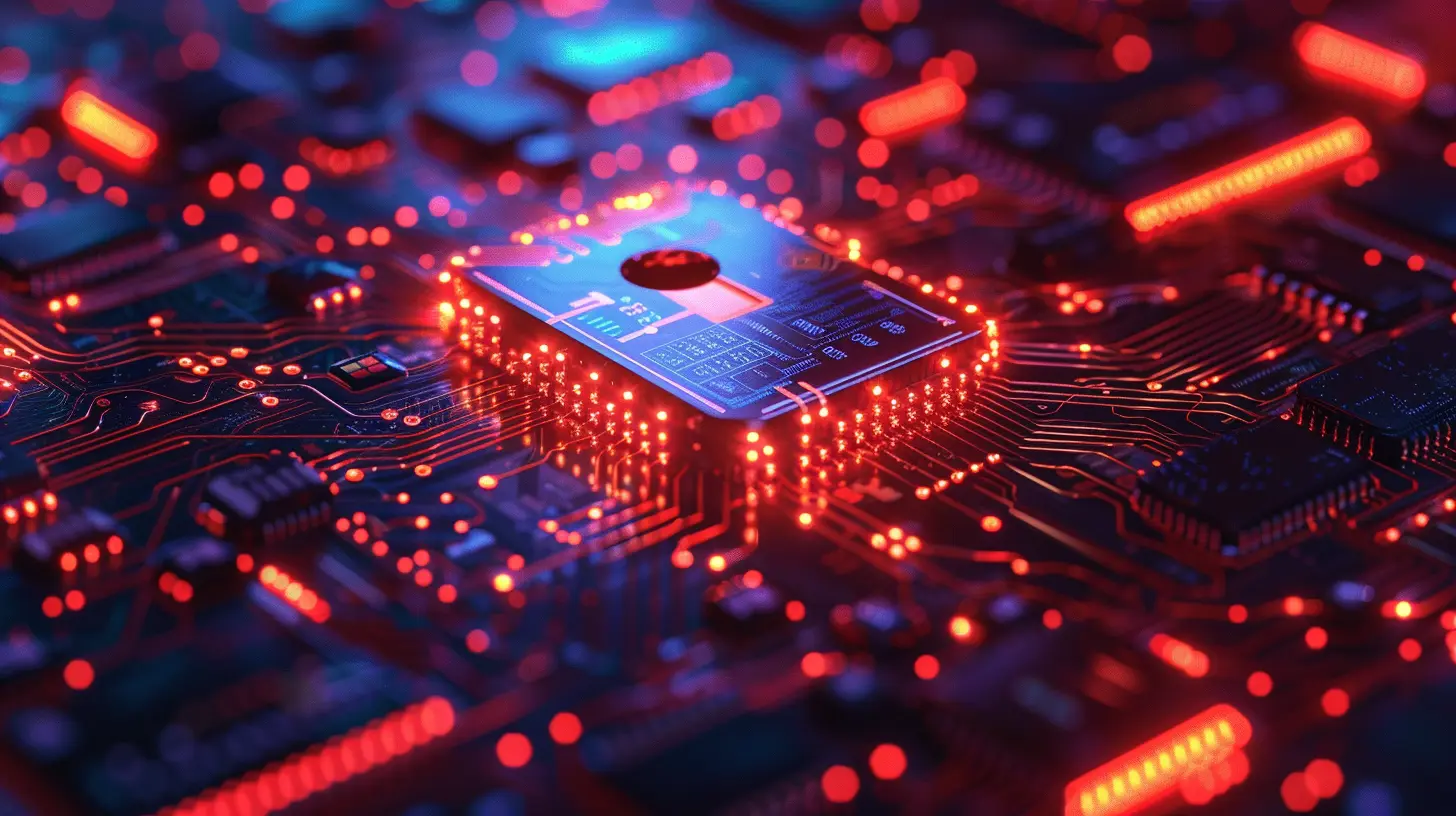
The Growing Need for AI in Personal Cybersecurity
Gone are the days when a simple antivirus program was enough to keep your data safe. Cybercriminals are now using advanced tactics like phishing, ransomware, and deepfake scams to target individuals.With the sheer volume of cyber threats increasing daily, manually detecting and mitigating them is practically impossible. This is where AI steps in, automating security processes and providing real-time threat detection.
The Numbers Don’t Lie
- Over 2,200 cyberattacks happen daily, which is about one attack every 39 seconds.- 95% of cybersecurity breaches occur due to human error.
- AI-driven security solutions can reduce false positives by up to 90%, making threat detection more effective.
Clearly, there’s a dire need for smarter, automated cybersecurity solutions, and AI is the perfect candidate to fill this gap.
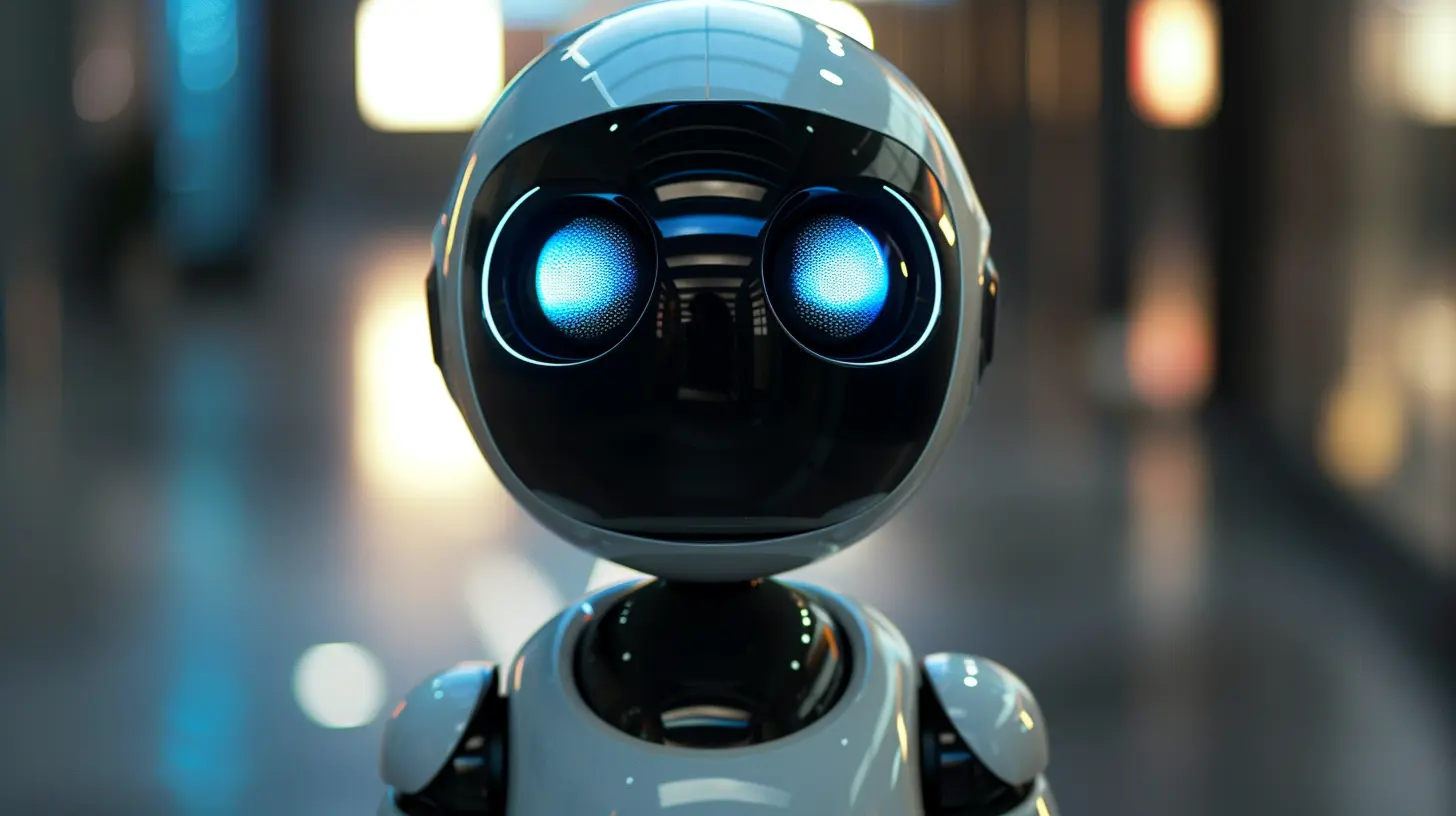
How AI Strengthens Personal Cybersecurity
1. Real-Time Threat Detection
AI-powered cybersecurity systems analyze millions of data points in real-time. Unlike traditional security measures that rely on predefined virus signatures, AI can identify unusual behavior that signals a potential threat.For instance, if an AI system notices an unusual login attempt from an unrecognized device at an odd time, it can instantly flag it or block access. This proactive approach minimizes risks before they escalate.
2. AI-Powered Fraud Prevention
AI is becoming an essential tool in preventing online fraud, especially in banking and e-commerce. By analyzing user behavior, AI can detect anomalies that indicate unauthorized access or fraudulent transactions.Ever received a notification from your bank asking, “Did you just make this purchase?” That’s AI working behind the scenes to prevent fraud.
3. Enhanced Phishing Detection
Phishing attacks, where cybercriminals trick you into revealing sensitive information, are becoming harder to detect. AI helps by:- Analyzing email patterns & sender behavior to flag suspicious emails.
- Detecting fake websites that mimic legitimate platforms.
- Blocking malicious links before they reach your inbox.
Many email providers now incorporate AI-based filters to reduce phishing attempts, making sure fewer scam emails land in your inbox.
4. Password and Identity Protection
Let’s be honest—most of us are guilty of reusing passwords or choosing weak ones. AI can help through:- AI-Powered Password Managers: These tools generate and store complex passwords, reducing the risk of breaches.
- Biometric Authentication: AI enhances face and fingerprint recognition, making access more secure than traditional passwords.
- Behavior-Based Authentication: AI learns your typical device usage and browsing behavior. If someone else tries logging in with your credentials but their behavior doesn’t match, AI can block access.
5. AI-Driven Antivirus and Malware Protection
Traditional antivirus software relies on signature-based detection, meaning a virus must already be identified before it can be blocked. AI-powered antivirus solutions, however, use machine learning to:- Identify new, previously unknown viruses based on patterns.
- Predict and prevent malware attacks before they occur.
- Continuously adapt to evolving threats without requiring constant updates.
6. Predictive Cybersecurity
Imagine if your security system could predict attacks before they even happen. AI does exactly that by analyzing past attacks, identifying patterns, and preventing similar incidents.For example, if AI detects an increase in ransomware activity across multiple networks, it can warn users to take preventive measures before the attack spreads.
7. AI Chatbots for Security Assistance
Ever had trouble understanding a confusing security alert? AI-powered chatbots can provide instant cybersecurity support by:- Guiding users through security measures (e.g., “Here’s how to enable two-factor authentication”).
- Helping detect suspicious activity on an account.
- Providing real-time advice when users encounter potential scams.
8. Deepfake and Social Engineering Defense
Deepfake technology has made digital impersonation alarmingly realistic, making scams harder to detect. AI counteracts this by:- Recognizing manipulated audio or video clips.
- Identifying inconsistencies in facial movements or voice tones.
- Enhancing identity verification systems to prevent impersonation fraud.
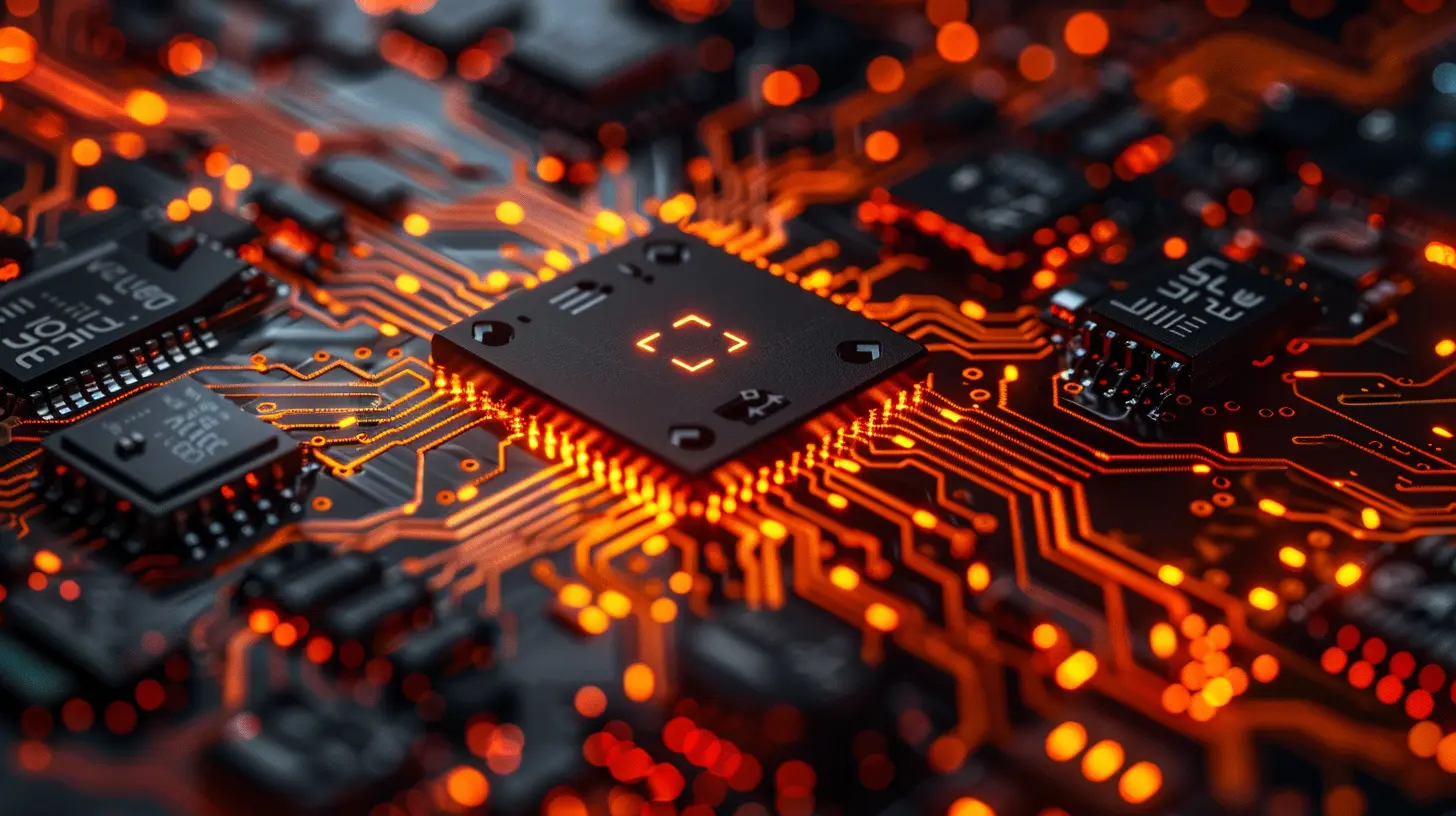
Challenges of AI in Cybersecurity
No technology is perfect, and AI is no exception. While it brings advanced security capabilities, it also has its challenges:1. The Risk of AI Being Weaponized
Hackers aren’t just sitting back—they’re also leveraging AI to create smarter, more evasive malware. This ongoing battle between AI-driven cybersecurity and AI-powered threats is a double-edged sword.2. False Positives
While AI reduces false alarms, it’s not flawless. Overly aggressive AI systems may misclassify legitimate activities as threats, inconveniencing users.3. Privacy Concerns
AI requires massive data to improve its accuracy. However, handling personal data always raises concerns about privacy and ethical use.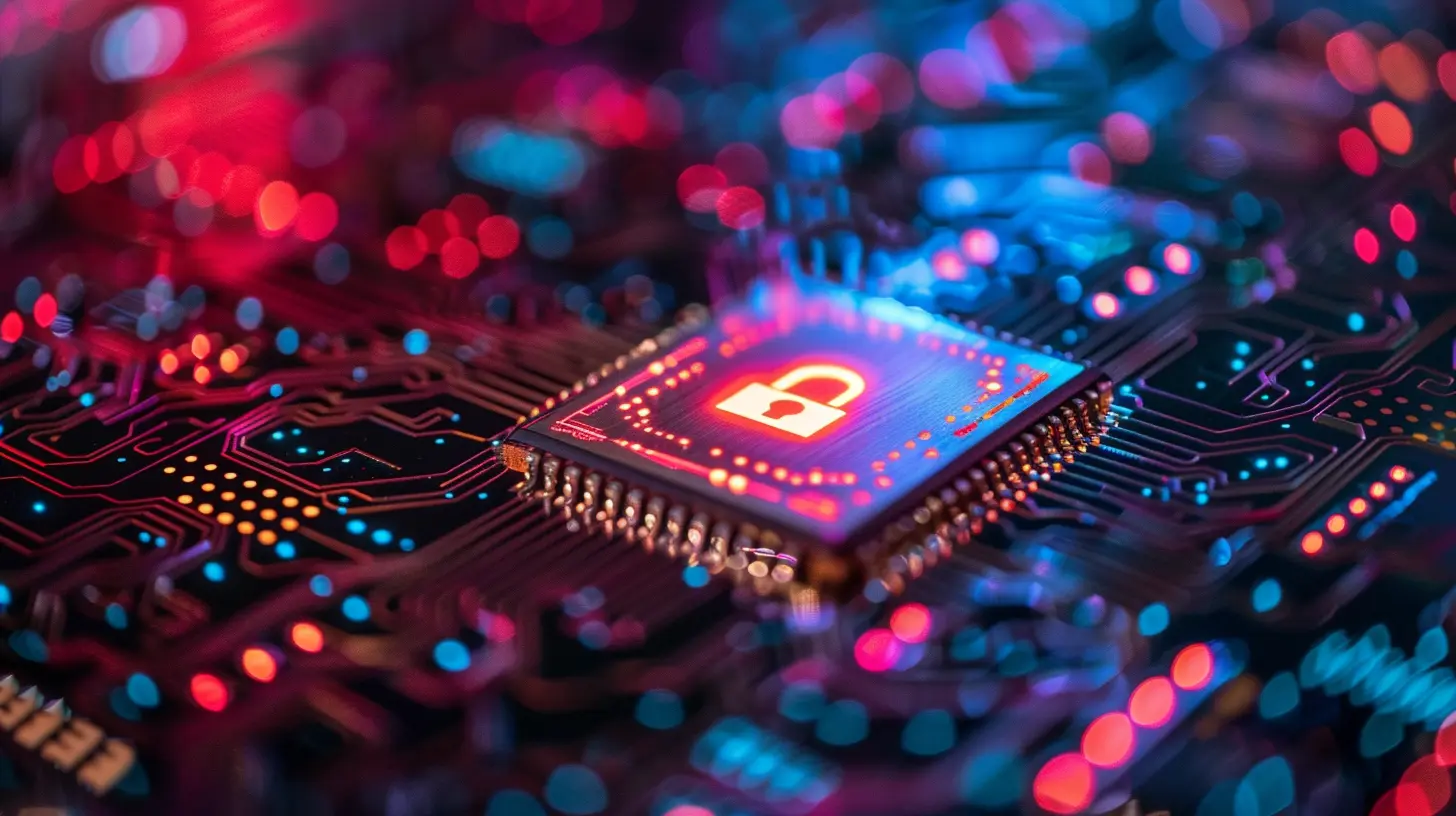
The Future of AI in Cybersecurity
Looking ahead, AI’s role in cybersecurity will only grow stronger. Here’s what we can expect:- Self-Healing Systems: AI-driven systems that automatically repair vulnerabilities without human intervention.
- Better AI-Powered Authentication: Advanced biometric security, such as heartbeat and gait recognition, could replace passwords.
- AI-Led Cybercrime Predictions: Future AI models may predict cyberattacks based on global trends, allowing users to stay ahead of threats.
Final Thoughts
AI is transforming personal cybersecurity from a reactive process to a proactive one. Instead of waiting for an attack to happen, AI-powered tools continuously learn, adapt, and predict threats before they strike.But while AI enhances security, it’s important to remember that no system is foolproof. Practicing good cybersecurity habits—like enabling two-factor authentication, using strong passwords, and staying cautious online—is still crucial.
AI is an incredible ally in the fight against cybercrime, but staying vigilant is just as important. After all, the best security system is a combination of smart technology and informed users.
all images in this post were generated using AI tools
Category:
Tech InnovationsAuthor:

Adeline Taylor
Discussion
rate this article
1 comments
Zelda Forbes
AI in cybersecurity: it's like having a digital bodyguard that never sleeps—just don’t ask it to walk your dog!
October 29, 2025 at 4:20 AM

Adeline Taylor
Absolutely! AI in cybersecurity acts as a vigilant protector, but it’s best suited for safeguarding your digital assets rather than handling real-world tasks.
